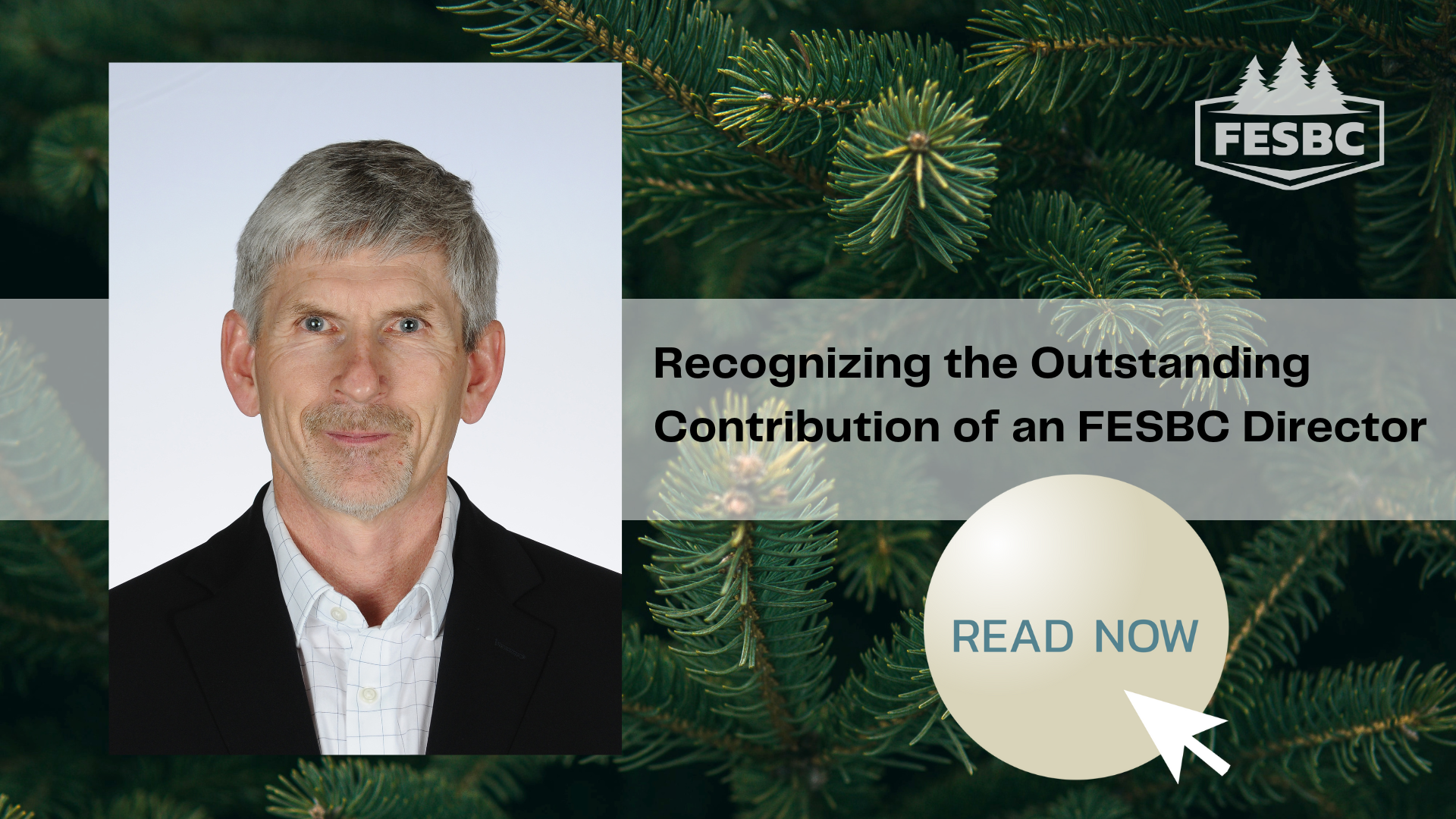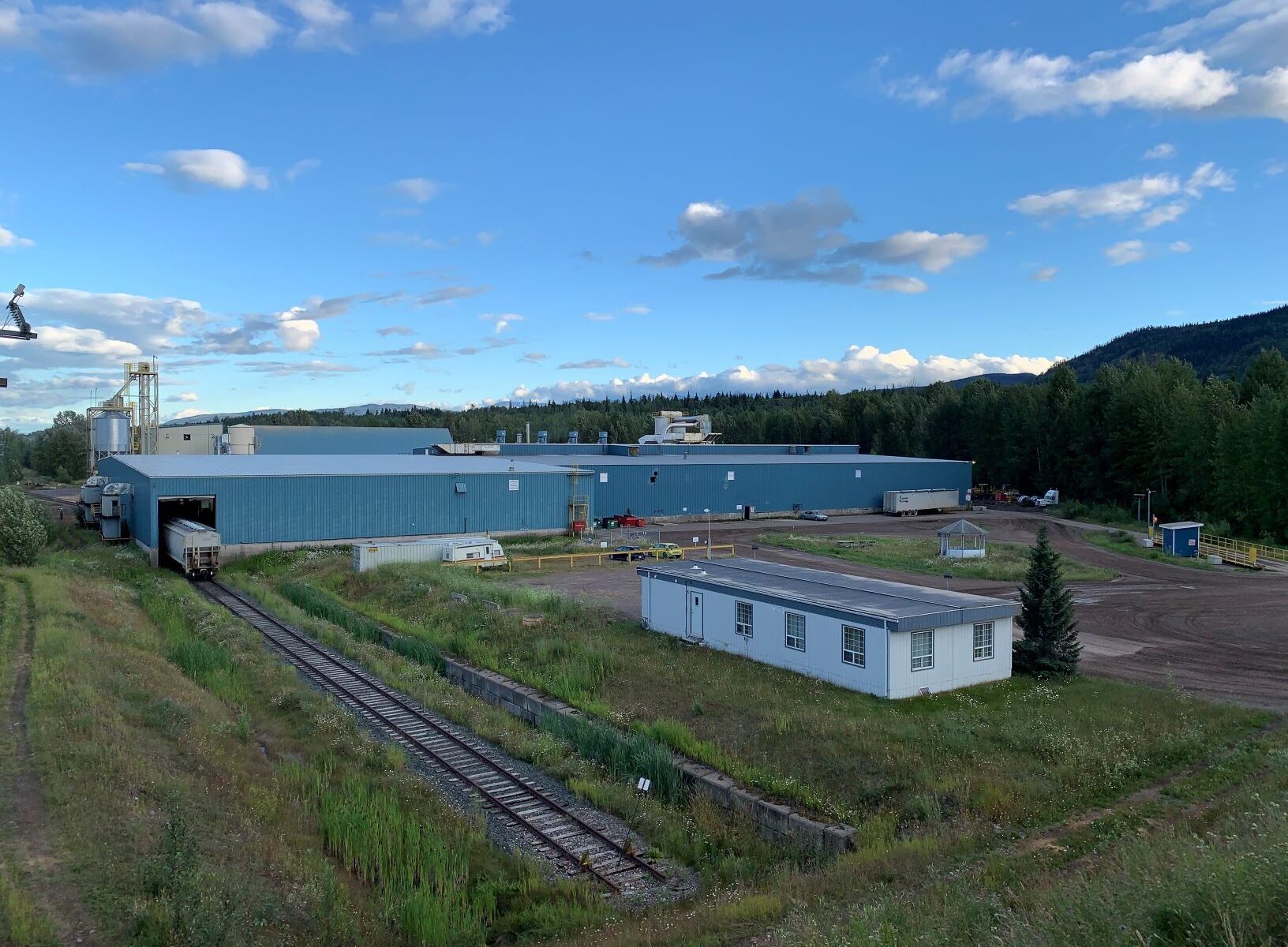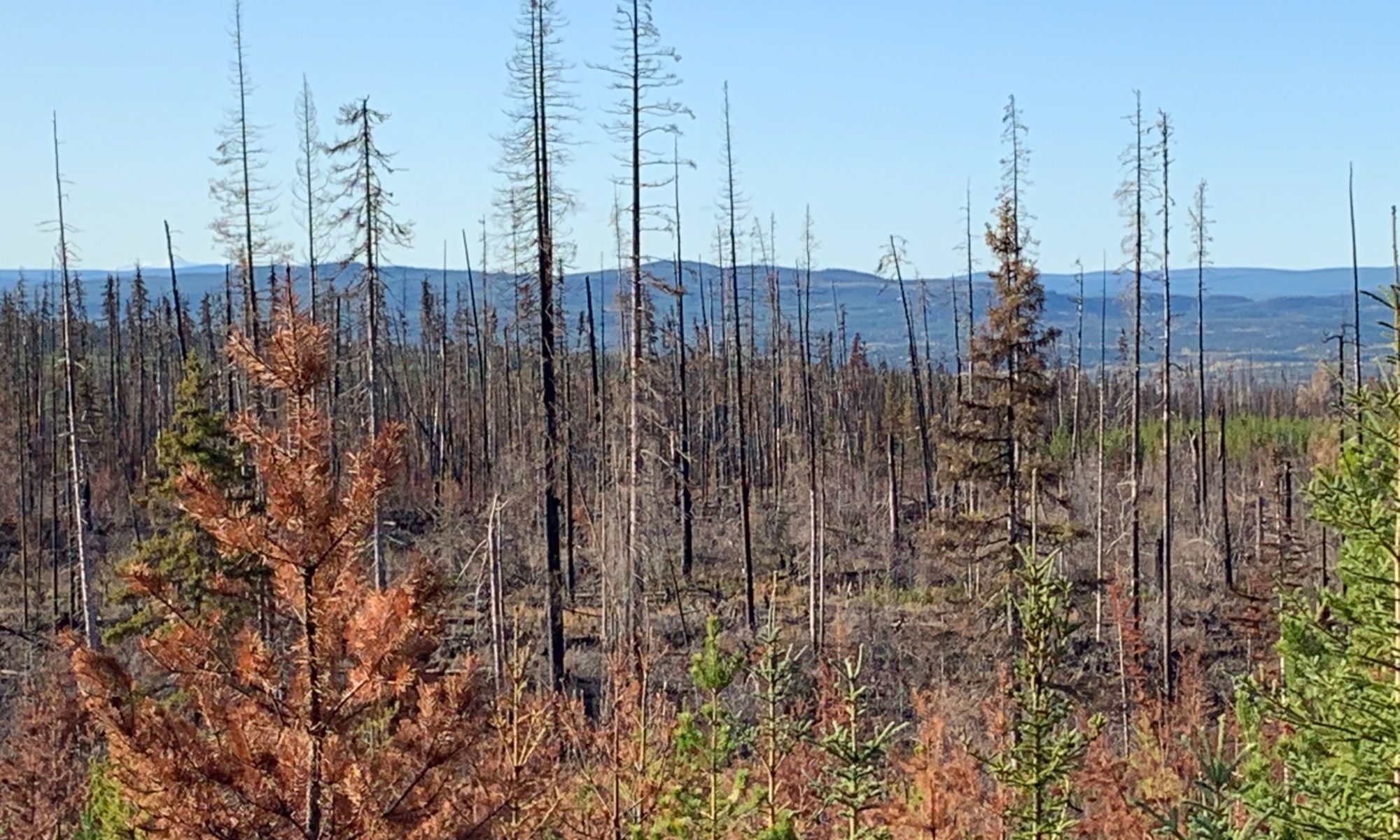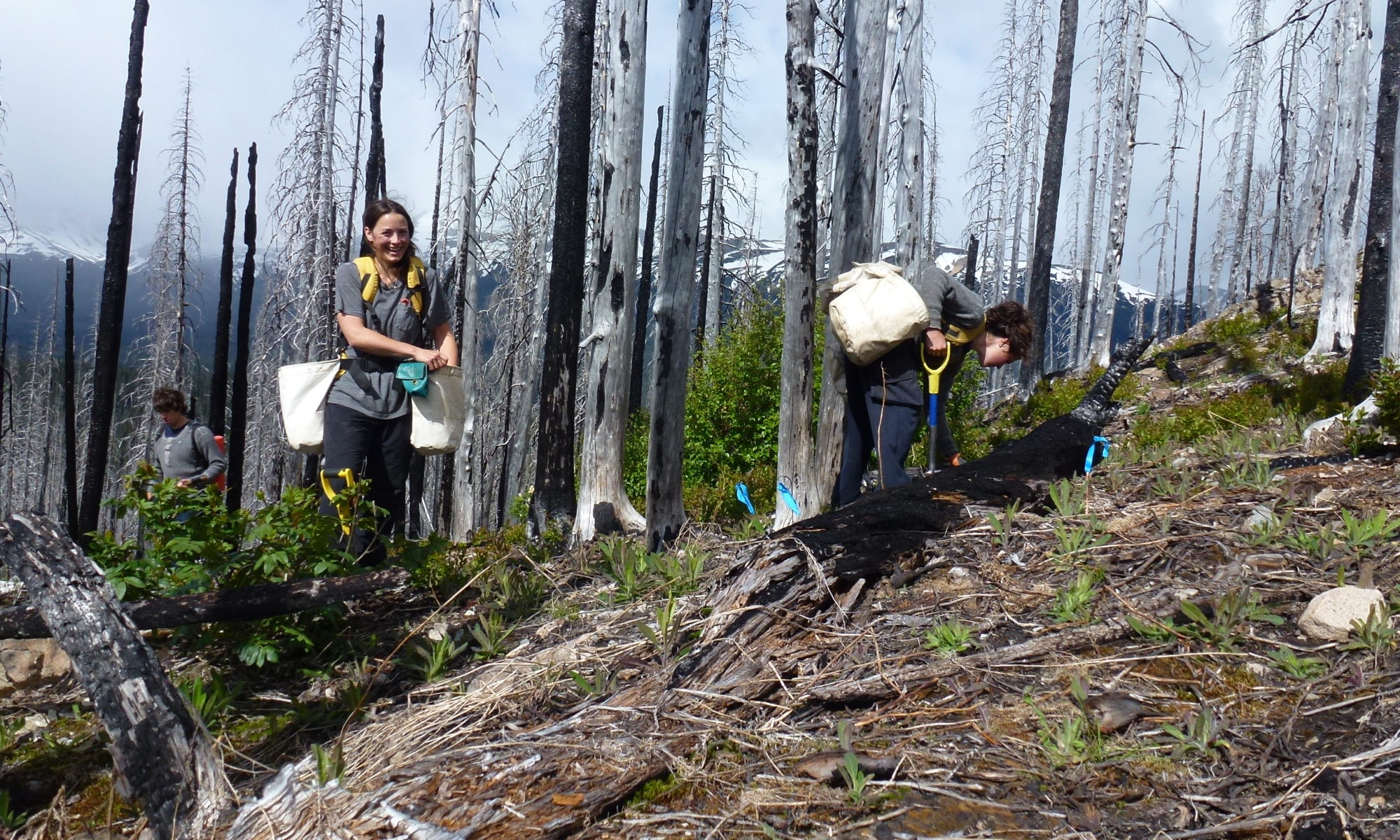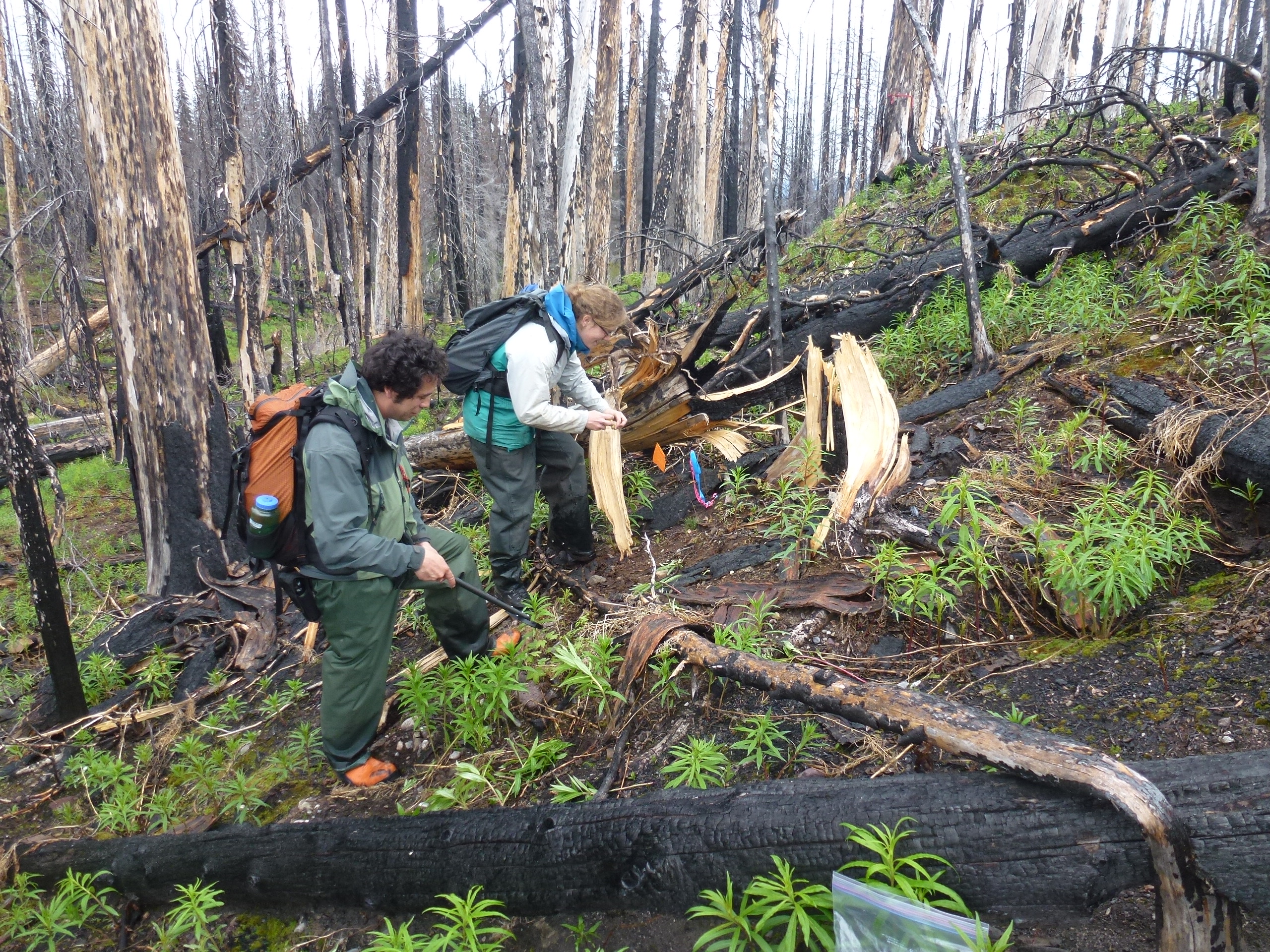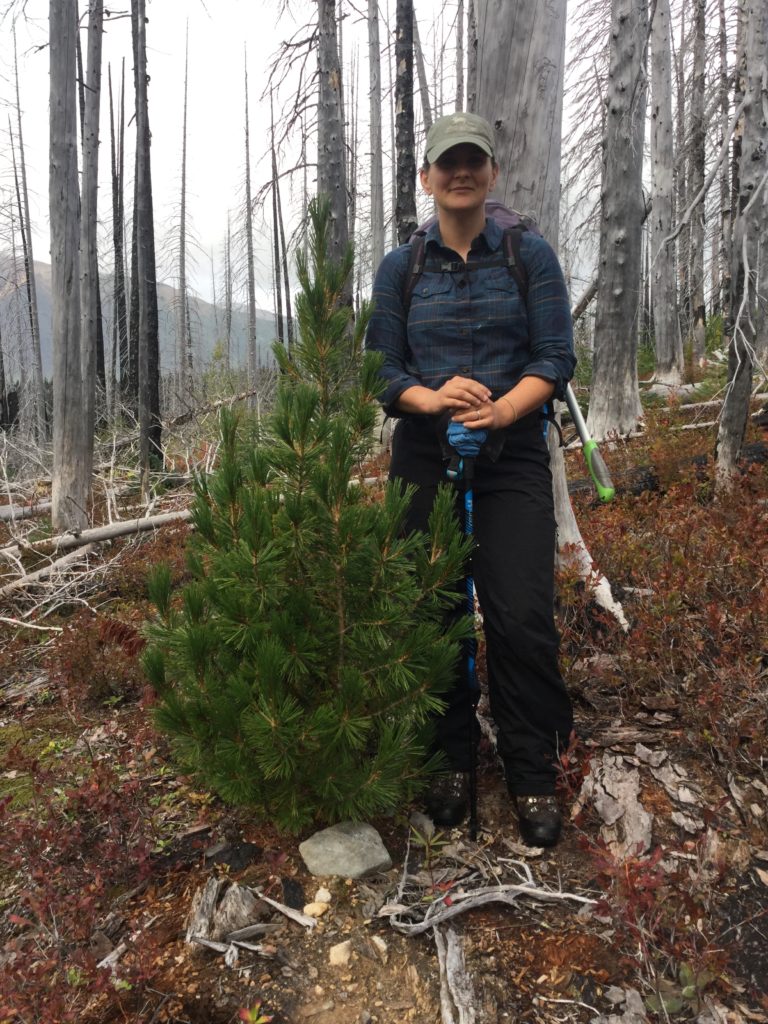The Forest Enhancement Society of BC (FESBC) is recognizing Brian Banfill, a remarkable individual whose term on the FESBC Board of Directors is coming to an end. We would like to take a moment to express our most sincere gratitude for Brian’s invaluable contributions and unwavering commitment to advancing the vital work of FESBC. With over 30 years of distinguished forest-sector experience, he has played an instrumental role in shaping the organization’s vision and fostering sustainable forest management practices throughout British Columbia.
As one of the early board members, Brian joined the board in 2017, shortly after FESBC’s inception in February 2016. He has since been a devoted member, serving on the board until June 2023.
Board Chair Dave Peterson shared that, “Brian’s tenure on the FESBC Board of Directors has been nothing short of exceptional. His six years of dedicated service to the public, including two consecutive three-year terms, have had a profound impact on our organization’s success.”

Brian’s rich experience and expertise have thoughtfully influenced the organization’s direction, policies, and funding decisions. His deep understanding of forestry coupled with his financial acumen have proven invaluable in optimizing resource allocation and driving positive change within British Columbia’s forestry sector.
“Brian’s senior-level financial expertise gained from leading forest sector firms has been a tremendous asset to FESBC. His contributions as the FESBC Chair of the Finance Committee for six years have greatly influenced our financial strategies and systems, ensuring the responsible allocation of resources for the enhancement of British Columbia’s forests,” added Peterson.
During his tenure, Brian Banfill played an instrumental role in shaping FESBC’s programs and initiatives, contributing to the successful implementation of projects focused on wildfire risk reduction, reforestation, and improving ecosystem resilience. His unwavering commitment to sustainable forest management has left an indelible mark on the organization, inspiring future generations to preserve and protect British Columbia’s precious forest resources.
FESBC’s Executive Director, Steve Kozuki, remarked, “While Brian’s time on the board is coming to a close, his legacy of strong accounting, investment, risk management, and financial systems will endure. FESBC will continue to benefit from the foundation he has helped build, enabling us to further our mission of enhancing forest resilience to wildfires and climate change. Brian’s impact will be felt for years to come, and I would like to extend my appreciation for his invaluable contributions to our Society and the forest sector as a whole.”
Thank you, Brian, for your remarkable service. Your vision, expertise, and unwavering commitment have shaped FESBC’s journey and will continue to inspire its ongoing mission.

